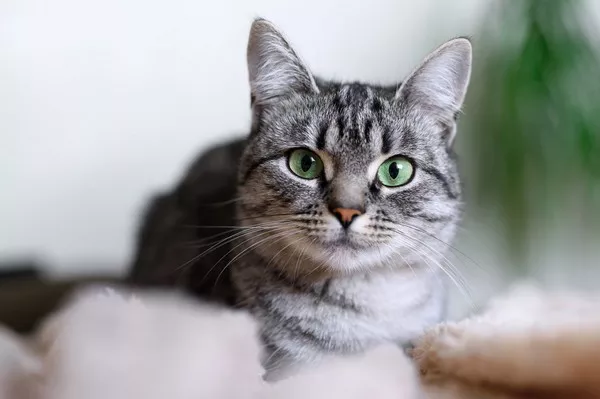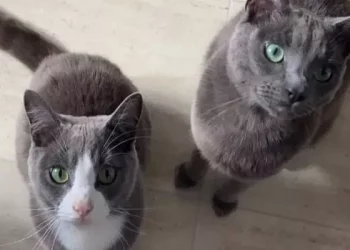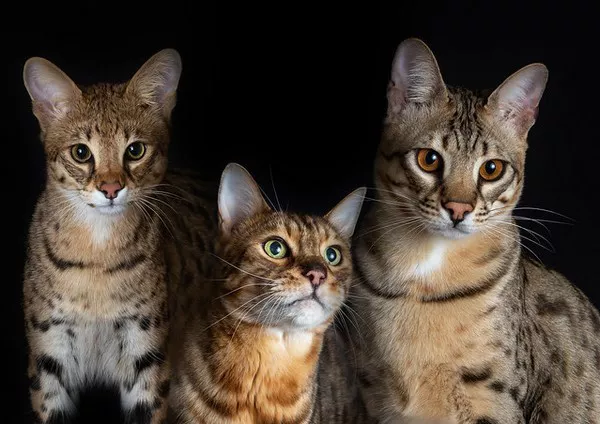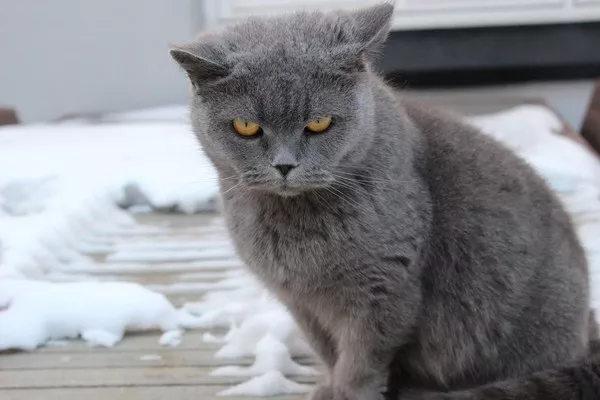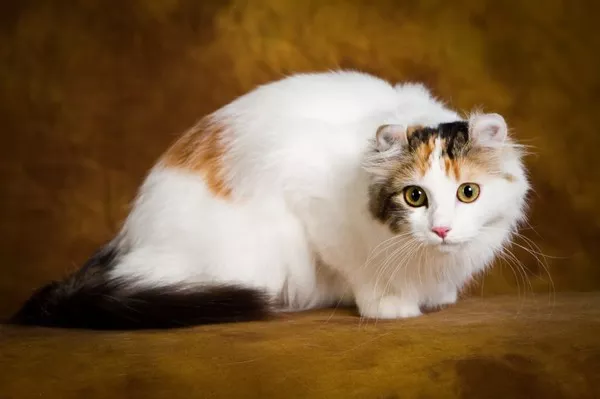The American Shorthair breed holds a prominent place in the hearts of cat enthusiasts worldwide. Revered for their athleticism, intelligence, and striking appearance, these feline companions have captivated households across America for centuries. In this article, we delve into the fascinating origins of the American Shorthair, tracing their lineage back to their European ancestors and exploring the distinctive characteristics that have made them a cherished breed today.
1. History of the American Shorthair:
The history of the American Shorthair is intertwined with the earliest European settlers who arrived in North America. These pioneers brought with them cats on their voyages to combat rodents aboard ships. It is believed that the American Shorthair’s ancestors were working cats that served as invaluable companions to keep vermin populations in check.
2. European Origins:
To understand the roots of the American Shorthair, we must look to their European ancestors. English and Dutch breeds played a significant role in shaping the American Shorthair. English domestic cats known as “working cats” were brought over by colonists to tackle the rat infestations in their new settlements. Their offspring interbred with the local feline population, resulting in robust and adaptable cats that gradually developed distinct traits.
3. Transition and Recognition:
While the American Shorthair’s lineage had been established, it wasn’t until the late 19th century when efforts were made to recognize and promote the breed. The first cat show held in America, organized by Harrison Weir, in 1895 was instrumental in popularizing the American Shorthair. The breed initially faced competition from imported longhairs but eventually gained recognition as a distinct breed with its own set of standards.
4. Development of Breed Standards:
Over time, dedicated breeders worked to refine the American Shorthair’s features and solidify their breed standards. The Cat Fanciers’ Association (CFA) played a vital role in this process, establishing guidelines to promote uniformity in the breed’s appearance and temperament. By selectively breeding cats with desirable traits such as strong bones, muscular build, and well-defined coat patterns, breeders successfully enhanced the American Shorthair’s overall quality.
5. Characteristics and Temperament:
The American Shorthair’s physical attributes are a testament to their working-cat heritage. They have a sturdy, medium to large-sized body with a broad chest and strong legs, allowing them to move with agility and grace. Their distinctive round face features a robust jawline, expressive eyes, and prominent cheeks. The breed is known for its dense and plush coat, which comes in a variety of colors and patterns, including silver tabby, brown tabby, black, and white.
6. Health and Care:
American Shorthairs are generally healthy cats with few breed-specific health concerns. Regular veterinary check-ups, a balanced diet, and proper grooming are essential for maintaining their well-being. Due to their active nature, providing ample playtime and mental stimulation is important to keep them physically and mentally engaged.
7. Adaptability and Family Life:
One of the American Shorthair’s endearing qualities is their adaptability. They thrive in various environments, making them suitable pets for families, singles, or seniors. While they appreciate companionship, they also value their independence and can entertain themselves when necessary. Their gentle yet playful demeanor makes them excellent companions for children and other household pets.
Conclusion:
The American Shorthair breed stands as a remarkable testament to the enduring legacy of working cats that accompanied early settlers on their journey to America. From their humble beginnings as rodent hunters to their present-day stature as one of the most beloved breeds, American Shorthairs have won the hearts of cat enthusiasts worldwide. Their rich history, distinct characteristics, and adaptable nature contribute to their enduring popularity as treasured feline companions.

